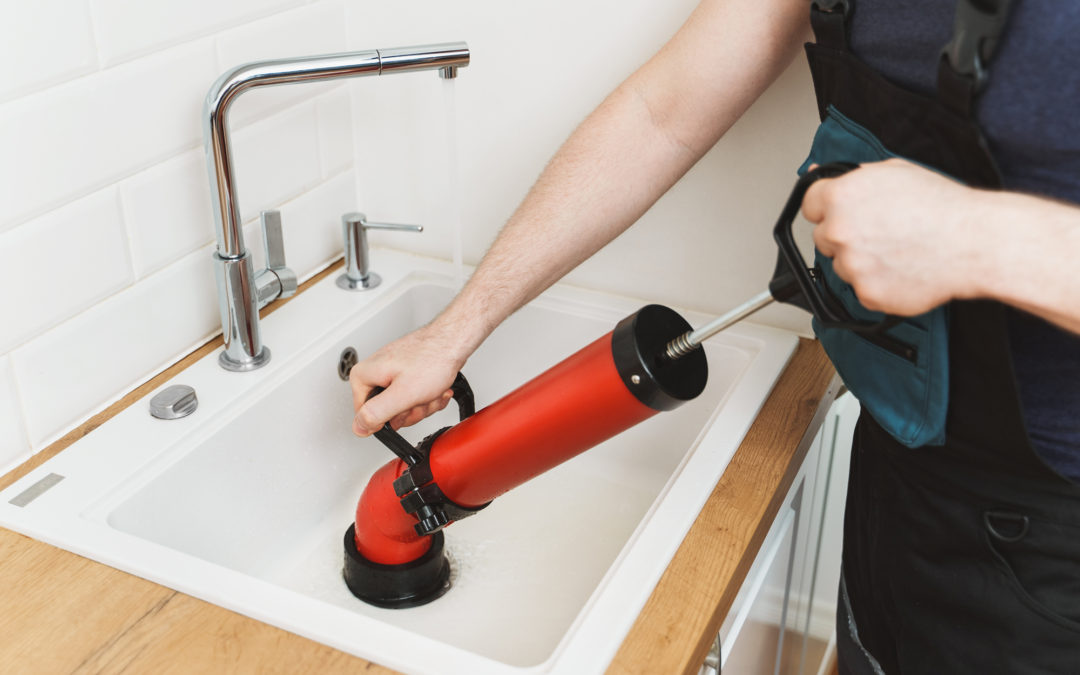
by Brandon | Jul 24, 2023 | News
Common reasons for suddenly have low water pressure in your home:
Low water pressure can be frustrating to deal with, especially when it comes out of nowhere. There are various reasons why you may suddenly have low water pressure in your home. Some of the common reasons are:
1. Clogged Pipes
When pipes become clogged, water may struggle to come through, causing low water pressure. The buildup may be due to mineral deposits or rust in your pipes. This can affect not only the water flow but also the quality of your water. You may need to hire a professional plumber to clear out the clogs and restore the water pressure to your home.
2. Faulty Pressure Regulator
The pressure regulator controls the water pressure that flows through your pipes. If it’s not functioning correctly, it can cause a decrease in the water pressure. A professional plumber can help diagnose the issue and replace the faulty regulator.
3. Old Pipes
The age of your pipes can also be a factor in low water pressure. As pipes age, they may become corroded, causing water to leak out or reduce pressure. If your pipes are old, you may want to consider replacing them.
4. Leaks
If you have a leak somewhere in your plumbing system, it will cause a drop in water pressure. A professional plumber can locate the leak and repair it to restore water pressure.
5. Municipal Water Supply Issues
At times, low water pressure may not be a problem with your plumbing. It could be an issue with your local water supply. Municipal water companies may reduce the water pressure for maintenance or to deal with a water main break. If this is the case, the issue should be temporary.
Having low water pressure may also be a result of several reasons. However, the potential hazards of ignoring the symptoms of low water pressure make it essential to solve it as quickly as possible. Low water pressure can cause several issues in your home, including:
1. Poor Shower Flow
Your morning routine can be disrupted by low water pressure. Poor shower flow can take longer to rinse out shampoo and leave soapy residue on the skin.
2. Lengthened Laundry Schedule
Reduced water pressure in the washing machine can prolong laundry time, leaving dirty or soapy beddings and clothes behind.
3. Restricted Irrigation
Insufficient water supply from sprinklers and taps can adversely affect the greenery and lawn in the backyard.
4. Poor Water Quality
Low water pressure leaves a limited amount of water to dilute high mineral concentrations in tap water. The result is hard water that affects the taste, color, and smell of the water, including scaling and clogging.
5. Damaged Appliances and Fixtures
Low water flow can result in appliances and fixtures becoming damaged or broken. Dishwashers and washing machines rely on consistent water pressure to function efficiently. Meanwhile, low water flow can cause faucets, showerheads, and pipes to wear away and become prone to clogging.
What Can You Do to Solve Low Water Pressure Issues?
If your home is experiencing low water pressure, the first thing you should do is check to see if the water pressure is low throughout the house or just in one location. Check to see if the issue is only with the hot water or cold water.
If you notice the issue is only happening in one area, such as the shower or sink, the problem may be isolated to that fixture and may not be related to your plumbing system.
Suppose the issue is affecting your entire home. In that case, it’s vital to get in touch with a professional plumber who can diagnose the underlying cause of the low water pressure and provide a solution. Some of the possible solutions include:
1. Repiping
In some cases, replacing old pipes with new ones may be the best solution for low water pressure. Modern copper or plastic supply piping may be used to replace the original cast iron or galvanized steel pipes.
2. Cleaning the Pipes
Mineral deposits or rust buildup inside the pipes can cause low water pressure. A professional plumber can use the right tools and chemicals to remove the blockage inside the pipes.
3. Pressure Regulator Replacement
Low water pressure can be caused by a failing pressure regulator. A professional plumber can assess the regulator’s condition and offer a replacement if needed.
4. Leaks
Leaking pipes can cause low water pressure. Professional plumbers can detect and repair any leaks in your home’s plumbing system.
Conclusion:
Low water pressure can be frustrating and disruptive. However, it’s essential to address the issue promptly and accurately since low water pressure can cause lasting damage to different appliances and fixtures. Fortunately, many solutions can solve low water pressure, depending on the underlying cause of the issue. If you are experiencing low water pressure in your home, contact professional plumbers who can assess and provide possible solutions to the issue.
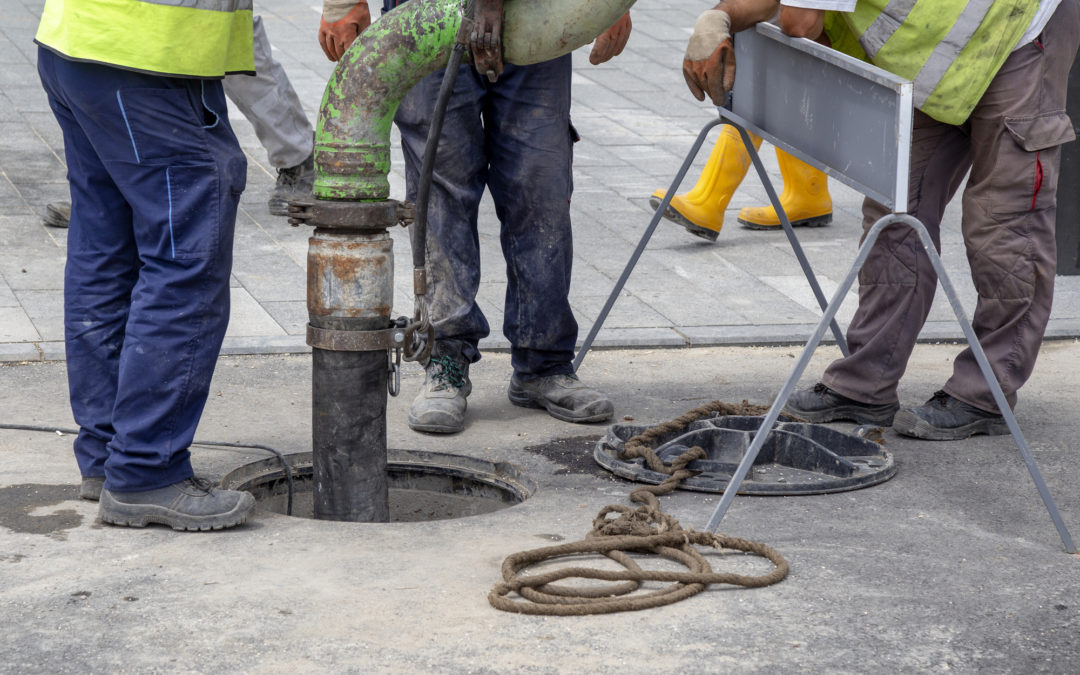
by Brandon | Jul 23, 2023 | News
A storm drain is an essential component of any home’s drainage system. These drains are designed to take away excess water from rainfall, snowmelt, or any other form of precipitation. A clogged storm drain can lead to a buildup of stagnant water, which can cause damage to your home’s foundation, walls, and other areas. Here’s how to spot a clogged storm drain at home and what to do when you encounter one.
What is a Storm Drain?
A storm drain is an underground drainage system that collects rainwater and other forms of precipitation and transports it to a nearby drainage ditch or creek. These drainage systems play an essential role in managing the amount of water that accumulates during heavy rainfalls or snowfalls, thereby preventing flooding.
How to Spot a Clogged Storm Drain
The following are some signs of clogged storm drains that you should keep an eye out for:
1. Standing Water
The most apparent sign of a clogged storm drain is standing water around your home or yard. Water may also start accumulating in the gutters or around your home’s foundation, causing damage to the walls and floors.
2. Unpleasant Odors
A clogged storm drain can result in some unpleasant odors. Rotting leaves and debris can accumulate, resulting in a musty, moldy smell around your property.
3. Slow Drainage
If you notice that your sink, bathroom tub, or shower is taking longer to drain than usual, it may be an indicator of a clogged storm drain. Water may start backing up in your kitchen or bathroom sinks or similar fixtures.
4. Unusual Sounds
A clogged storm drain may result in unusual sounds like gurgling or bubbling water. These sounds may indicate that your pipes are blocked, causing water to back up instead of draining as usual.
5. Mold or Mildew Growth
Mold and mildew can grow in areas where water is present, and a clogged storm drain provides the perfect breeding ground for these harmful fungi. If you spot any mold or mildew growth, it’s best to take immediate action to prevent further damage.
What Causes Storm Drains to Clog?
Several factors can cause a storm drain to become clogged. Some of the most common include:
1. Tree Roots
Tree roots can penetrate pipes or grow around them, trapping debris and preventing proper water flow.
2. Debris and Dirt
Over time, leaves, dirt, and other debris can accumulate in your drainage system, blocking water flow. If you don’t perform regular maintenance, this can lead to clogged storm drains.
3. Human Waste
Flushing non-degradable materials like wipes, sanitary napkins, or kitty litter down your toilet can cause blockages in your storm drain that can lead to a clogged drain.
4. Broken Pipes
Broken pipes can cause serious blockages in your drainage system, trapping debris and leading to clogged storm drains.
5. Structural Damage
Structural damage to your drainage system can cause blockages, leading to clogged storm drains. This damage can occur due to age, wear and tear, or improper installation.
How to Clear a Clogged Storm Drain
If you’re experiencing a clogged storm drain, there are several approaches you can take to clear it.
1. Use A Plunger
A plunger is one of the most effective tools for clearing a clogged storm drain, especially if you’re dealing with a minor blockage. Place the plunger over the drain and apply pressure to create suction, then pull upward to clear the debris.
2. Try A Drain Snake
If the clogged storm drain is more challenging to clear, a drain snake might do the trick. To use a drain snake, insert the tool into the drain and turn the handle. This will help break up any debris, allowing water to flow properly.
3. Call a Professional Plumber
If all else fails, you should consider calling in a professional plumber. They will have access to specialized equipment like a high-pressure water jet or an industrial drain snake that can effectively clear the clog.
Conclusion
A clogged storm drain can cause significant damage to your home, so it’s essential to know how to spot one and take the appropriate action. By keeping an eye out for the signs of a clogged storm drain, you can prevent any significant damage to your property. In case you’re unable to clear the clog yourself, it’s always advisable to call in a professional plumber. Don’t let storm drains rain on your parade, and instead, take preventive action to keep your home safe and dry.
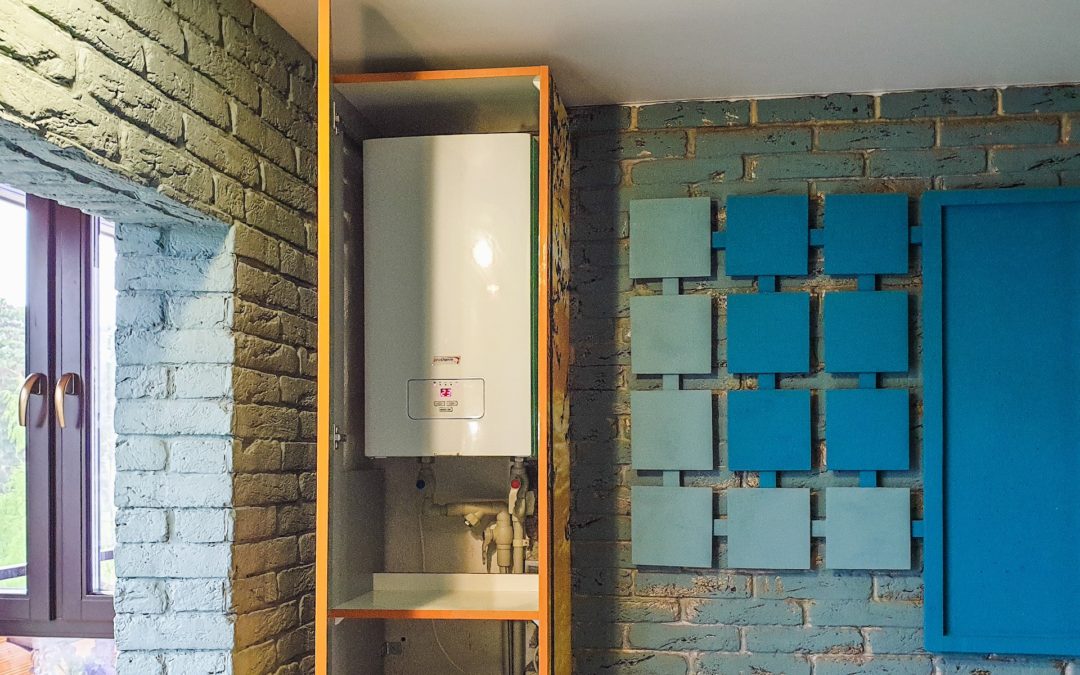
by Brandon | Jul 23, 2023 | News
When it comes to hot water, homeowners have several options available to them. One of the most intriguing options in recent years is the heat pump water heater. This technology has been around for a few decades, but recent advancements have made it more efficient and affordable for homeowners.
If you’re one of the many homeowners considering a heat pump water heater, you’re likely curious about the total installation cost. While the cost can vary depending on several factors such as location, accessibility, and labor costs, this article will dive into the typical installation costs of a 50-gallon heat pump water heater.
What is a Heat Pump Water Heater?
Before diving into the cost of installation, it’s important to understand the technology behind a heat pump water heater. Unlike traditional water heaters that use electricity or gas to heat water, a heat pump water heater uses electricity and refrigerant to move heat from the air around the unit into the water tank.
This process is highly efficient, as it doesn’t require much electricity to move heat and has a lower environmental impact than traditional water heaters. Heat pump water heaters also typically have a longer lifespan than traditional water heaters.
Factors That Affect Heat Pump Water Heater Installation Costs
Now that we understand what a heat pump water heater is, let’s dive into the factors that can affect the cost of installation.
1. Location: The cost of installation can vary depending on where you live. For example, installation costs may be higher in areas with higher costs of living or where labor is in high demand.
2. Accessibility: The accessibility of your home’s mechanical room can also affect the installation cost. If your mechanical room is difficult to access or requires additional work to prepare for the installation, this can increase costs.
3. Type of Water Heater: There are several different types of heat pump water heaters available, and the type you choose will affect the installation cost. For example, a ductless or split water heater may be more expensive to install than a traditional indoor unit.
4. Labor Costs: Labor costs can also vary depending on the contractor you choose to work with. It’s important to research contractors in your area and get multiple quotes to ensure you’re getting a fair price.
Typical Installation Costs for a 50-Gallon Heat Pump Water Heater
According to HomeAdvisor, the national average cost of installing a heat pump water heater is $3,500. However, this cost can vary depending on the factors listed above. In general, the cost of installation for a 50-gallon heat pump water heater can range from $2,500 to $6,000.
Keep in mind that while the upfront cost of a heat pump water heater may be higher than a traditional water heater, the long-term savings can make up for this difference. Heat pump water heaters are highly efficient and can save homeowners up to $300 a year on their water heater energy bills.
Conclusion
If you’re considering a heat pump water heater for your home, it’s important to understand the installation costs involved. While the upfront cost may be higher than a traditional water heater, the long-term savings and environmental impact make it a worthwhile investment for many homeowners.
The total installation cost for a 50-gallon heat pump water heater can range from $2,500 to $6,000, depending on factors such as location, accessibility, and labor costs. It’s important to research contractors in your area and get multiple quotes to ensure you’re getting a fair price.
If you’re ready to make the switch to a heat pump water heater, give Ace Plumbing Repair a call at (844) 711-1590 or visit our website at aceplumbingrepair.com to learn more about our installation services. We are dedicated to providing top-notch plumbing services to homeowners in our community.
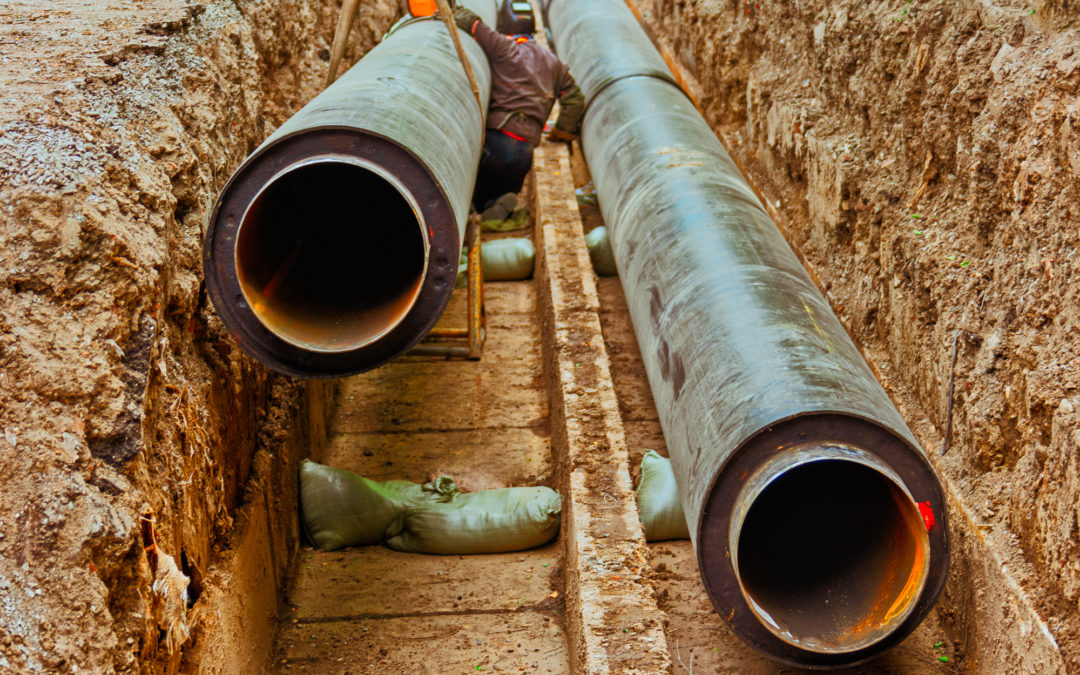
by Brandon | Jul 23, 2023 | News
When it comes to plumbing, one of the most important aspects is the Drainage, Waste, and Vent (DWV) system. The DWV system plays a crucial role in removing sewage, waste, and other undesirable substances from your home or business while also preventing harmful gases from entering your living space. That’s why it’s essential to have a well-designed DWV system. In this article, we’ll discuss what a DWV system is, the importance of having a well-designed DWV system, and what you should consider when designing your DWV system.
What is a DWV system?
A DWV system is a plumbing system that removes waste and sewage from your home or business while also preventing harmful gases from entering your living space. The DWV system does this by creating airtight seals within the pipes, using gravity to move the waste and sewage out of your building and into a septic tank or sewage treatment plant.
The importance of a well-designed DWV system
The importance of a well-designed DWV system cannot be overstated. Having a poorly designed DWV system can lead to many problems, including:
1. Clogs: A poorly designed DWV system can lead to clogs that can prevent waste and sewage from moving out of your building. This can lead to backups and other plumbing issues.
2. Gases: If your DWV system is not designed properly, it can allow harmful gases like methane and carbon monoxide to enter your living space, which can be dangerous and even deadly.
3. Leaks: A poorly designed DWV system can also lead to leaks that can damage your property and require expensive repairs.
Factors to consider when designing your DWV system
If you’re designing a DWV system, here are some factors you should consider:
1. Local codes: Be sure to consult with local codes and regulations before designing your DWV system. Different areas have different requirements for plumbing systems, and failure to follow these requirements can lead to fines, legal issues, and even structural damage.
2. Gravity: DWV systems rely on gravity to move waste and sewage out of your building, so it’s essential to ensure that your system is designed to take advantage of gravity. This means that pipes should be sloped correctly, and traps should be installed to prevent water from flowing back.
3. Materials: The materials you choose for your DWV system are important. PVC and ABS are two of the most common materials used in DWV systems. PVC is more affordable and easier to install, but it’s not as durable as ABS. ABS is more expensive and harder to install, but it’s more durable and resistant to chemicals.
4. Ventilation: Plumbing systems need proper ventilation to prevent harmful gases from entering your living space. It’s essential to ensure that your DWV system is properly ventilated and that all vents lead outside your building.
5. Maintenance: Finally, it’s important to consider maintenance when designing your DWV system. Your system should be easy to access and repair if needed.
Conclusion
In conclusion, a well-designed DWV system is essential for any home or business. It ensures that waste and sewage are removed from your building safely and efficiently while also preventing harmful gases from entering your living space. When designing your DWV system, be sure to consider local codes, gravity, materials, ventilation, and maintenance. With these factors in mind, you can create a DWV system that will keep your plumbing running smoothly for years to come. If you need help designing or installing your DWV system, Ace Plumbing Repair is here to help. Give us a call at (844) 711-1590, and we’ll be happy to assist you.
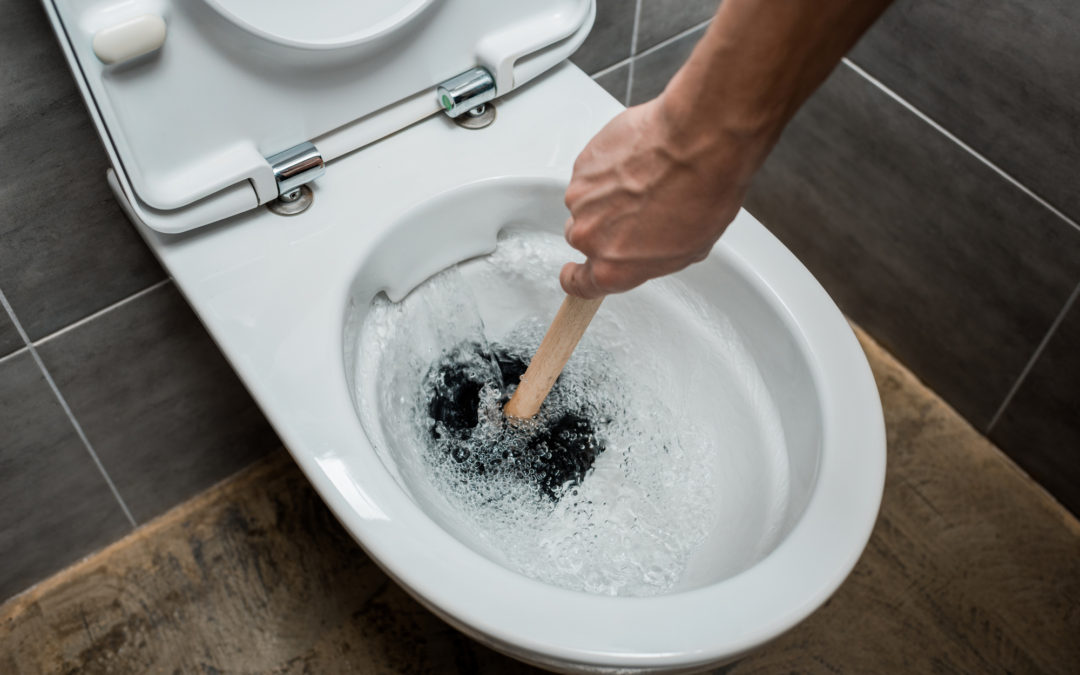
by Brandon | Jul 23, 2023 | News
Are you experiencing issues with your Toto toilet? While these Japanese-made toilets are known for their quality and innovation, they can still encounter problems like any other plumbing fixture. In this article, we’ll go over some common Toto toilet problems and their possible solutions. By following these tips, you can avoid costly repairs and ensure that your Toto toilet continues to function at its best.
1. Flushing problems
One of the most common Toto toilet problems is a weak or incomplete flush. This can be caused by various factors such as a clogged rim, a worn-out flapper, a malfunctioning trip lever, or a low water level in the tank. To troubleshoot this issue, try the following:
– Check for any obstructions in the rim holes or jet holes and clean them with a brush or a wire.
– Inspect the flapper for damage or wear and replace it if necessary.
– Adjust the chain or the trip lever if they are misaligned or loose.
– Adjust the float valve to ensure that the water level is sufficient for a proper flush.
2. Leaking problems
Another common Toto toilet problem is a leak, which can be caused by different sources such as a cracked tank or bowl, a loose connection, a damaged gasket, or a faulty fill valve. To detect and fix a leak, you can do the following:
– Add food coloring or dye tablets to the tank and wait for a few minutes. If the water in the bowl changes color, you have a leak between the tank and the bowl, which may require replacing the tank-to-bowl gasket.
– Inspect the bolts and nuts that connect the tank to the bowl and tighten them if they are loose.
– Check the fill valve for any defects such as rust, corrosion, or debris accumulation. You may need to replace the fill valve assembly or its parts.
– Inspect the supply line and the shut-off valve for any leaks or cracks and replace them if needed.
3. Running problems
A running toilet is not only annoying but also wasteful of water and may increase your utility bill. Toto toilets can develop running problems due to a variety of reasons such as a faulty flapper, a stuck float, a misaligned chain, or a damaged overflow tube. To stop a running toilet, follow these steps:
– Turn off the water supply to the toilet and flush it to fully drain the tank.
– Remove the flapper and check for any damage or debris. Clean or replace the flapper as necessary.
– Adjust the chain so that it has some slack but not too much, and does not interfere with the flapper or the flush valve.
– Check the float and adjust it to the proper height so that it shuts off the fill valve when the water level reaches the desired level.
– Replace or repair the overflow tube if it is corroded or broken.
By addressing these common Toto toilet problems, you can ensure that your toilet operates smoothly and efficiently. However, if you encounter more complex issues such as a weak flush or a persistent leak, you may need to consult a licensed plumber who has the expertise and tools to diagnose and fix the problem.
At Ace Plumbing Repair, we offer reliable and affordable plumbing services for residential and commercial clients in the greater area. Whether you need a Toto toilet repair, a water heater replacement, a drain cleaning, or a pipe inspection, our team of licensed and insured plumbers is ready to help you. Call us today at (844) 711-1590 or visit us online at aceplumbingrepair.com to schedule a service appointment or request a free quote. We are committed to providing exceptional customer service and workmanship, and we stand behind our work with a satisfaction guarantee. Let us help you with your Toto toilet or any other plumbing need!





